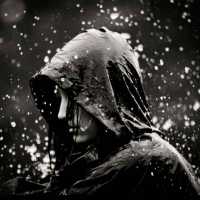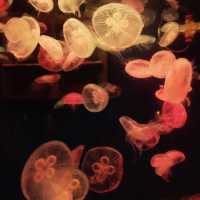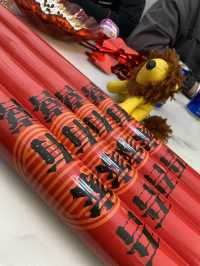If you are in trouble, you can go and see it. You will sacrifice your ancestors soon.
;
Yellow Emperor (Huangdi) hometown Review
4.5 /5380 Reviews






4/5
Yellow Emperor (Huangdi) hometown
Posted: Apr 2, 2021
Like
Recommended Attractions at Popular Destinations
Bangkok attraction near me | Manila attraction near me | Tokyo attraction near me | Hong Kong attraction near me | Seoul attraction near me | Taipei attraction near me | Los Angeles attraction near me | New York attraction near me | Shanghai attraction near me | Kuala Lumpur attraction near me | Shenzhen attraction near me | Osaka attraction near me | London attraction near me | Singapore attraction near me | Guangzhou attraction near me | San Francisco attraction near me | Beijing attraction near me | Macau attraction near me | Bali attraction near me | Paris attraction near me | Orlando attraction near me | Jakarta attraction near me | Ho Chi Minh City attraction near me | Chicago attraction near me | Phuket attraction near me | Toronto attraction near me | Istanbul attraction near me | Cebu attraction near me | Dallas attraction near me | Seattle attraction near me
Popular Attractions
University of Salamanca | Parthenon | Jalsar Children Park | Rijksmuseum | Temple St | São Jorge Castle | Shilin Night Market | Bandos | Bellagio Fountain | Ocean Park Hong Kong | Universal Beijing Resort | Lingshan Scenic Area | Jade Dragon Snow Mountain | Wansong Academy | The Spheres | Youth Folk Arts Club (Gulou Store) | Nihonbashi | Turtle Lake | Royal Alberta Museum | Convento Santa Teresa | NURUL HUDA Mosque | Mushola Griya Cileungsi 2 | Farol da Madalena | Musholla Nurul Muttaqien | Don Ross Fishing Park | Park | Terre en Colère à Vulcania | Dandaragan Golf Club | Parque Ecológico da Mina - Nascente da Nova Esperança | Disneyland Paris
Popular Ranked Lists
Top 9 Local Restaurants in Malé | Top 3 Luxury Hotels in Santa Monica | Popular Family-friendly Attractions Near Pubei | Popular Family-friendly Attractions Near Lvliang | Popular Luxury Hotels Near Mimasaka | Top 19 Fine Dining in Milan | Popular Family-friendly Attractions Near Yuanjiang | Top 7 Bars in Cancun | Popular Luxury Hotels Near Laem Yai | Popular Luxury Hotels Near Nyiregyhaza | Top 11 Fine Dining in Istanbul | Top 12 Fine Dining in Ho Chi Minh City | Top 3 Luxury Hotels in Basque Country | Popular Luxury Hotels Near Schenna | Popular Family-friendly Attractions Near Yongxin | Popular Family-friendly Attractions Near Datong | Top 19 Local Restaurants in Urumqi | Popular Family-friendly Attractions Near Xinjiang | Top 20 Fine Dining in Toronto | Popular Family-friendly Attractions Near Xin'an | Top 16 Local Restaurants in Weihai | Top 11 Fine Dining in Hanoi | Popular Family-friendly Attractions Near Zhuanghe | Popular Premium Hotels in Wirawila | Popular Family-friendly Attractions Near Eryuan | Popular Family-friendly Attractions Near Haiyan | Popular Family-friendly Attractions Near Wenshang | Top 5 Bars in Nanchang | Popular Luxury Hotels Near El Girones
Payment Methods
Our Partners
Copyright © 2024 Trip.com Travel Singapore Pte. Ltd. All rights reserved
Site Operator: Trip.com Travel Singapore Pte. Ltd.
Site Operator: Trip.com Travel Singapore Pte. Ltd.





